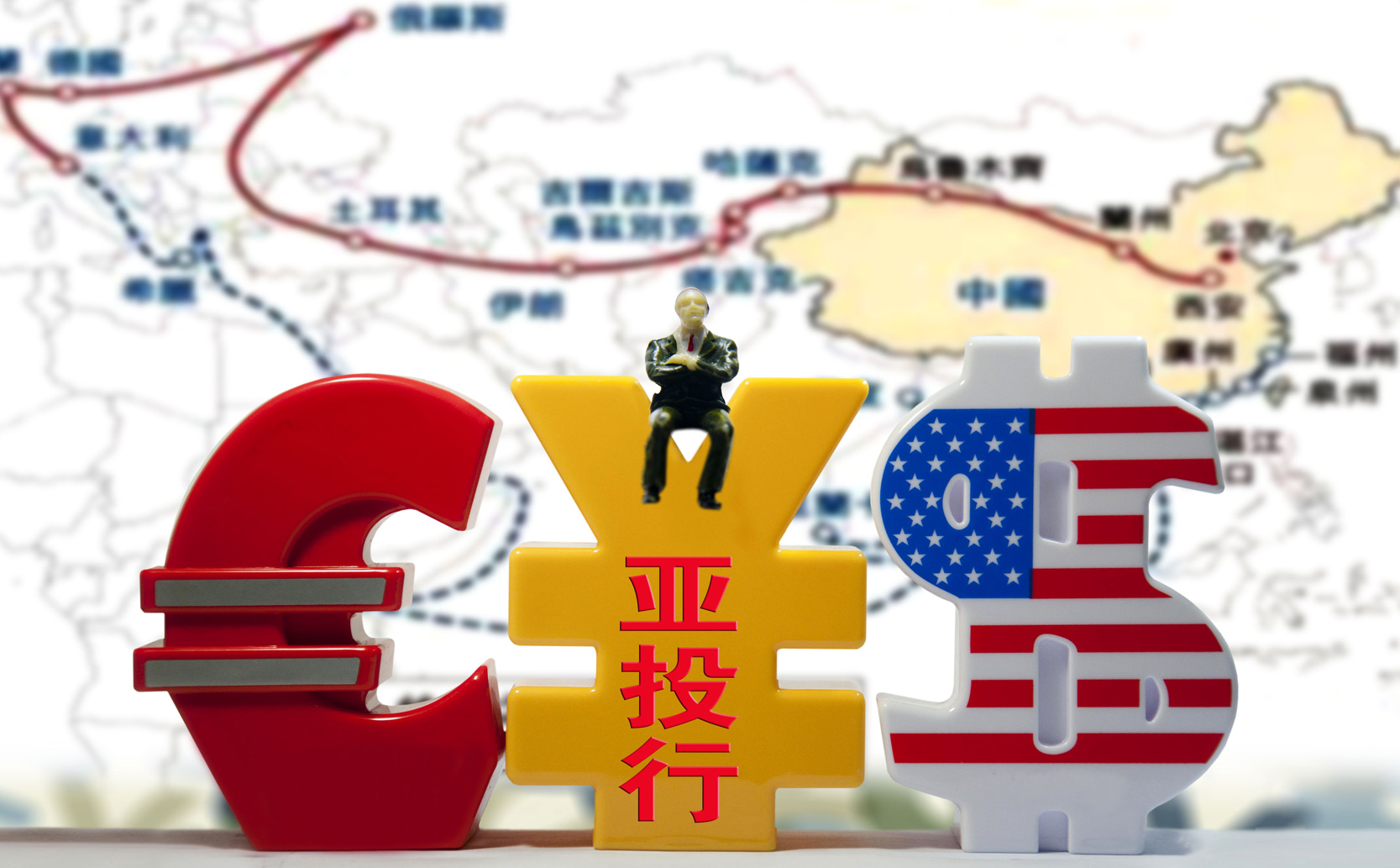Asian Infrastructure Investment Bank

As the “One Belt, One Road” initiative has been recognized by the world, China will play a more influential role in strengthening the global economy and financial markets, while also taking the AIIB’s development to its next level.
Applications for founding members of the Asian Infrastructure Investment Bank (AIIB) closed on March 31. There are 57 prospective founding members as of April 15.
As a multilateral financial institution, the AIIB will provide financing for roads, railways, airports and other infrastructure projects in Asia. It is expected to be established by the end of this year and headquartered in Beijing.
Meeting Asia’s demands
In recent years, the Asian economy has undergone rapid development. However, there have also been regional economic challenges, especially related to poor infrastructure in some emerging economies.
According to statistics from the Asian Development Bank (ADB), Asian economies require $8 trillion to perfect their own infrastructure and $300 billion to improve regional infrastructure from 2010 to 2020 to reach the equivalent global average.
In October 2013, Chinese President Xi Jinping and Premier Li Keqiang successively proposed establishing the AIIB during their visits to Southeast Asian countries, which attracted great attention from numerous Asian economies.
The first multilateral consultation meeting on the establishment of the AIIB was held by China and more than 10 Asian economies that had interests, and they exchanged their ideas on the framework of founding the AIIB. The Chinese side also established the working group for building the AIIB. Later, China and some other countries engaged in numerous multilateral consultations to discuss the aim, governance structure, headquarters and ownership structure of the AIIB.
On Oct. 24, 2014, a signing ceremony held in Beijing formally recognized the establishment of the bank. A total of 21 countries including China, India and Singapore signed the Memorandum of Understanding (MOU) on Establishing the AIIB. The MOU specifies that the authorized capital of the AIIB is $100 billion and the initial subscribed capital is expected to be around $50 billion. The pay-in ratio will be 20 percent.
After the MOU, the prospective founding members held negotiations and consultations. It is expected that the prospective founding members will complete the ratification of the Articles of Agreement by the end of June, and the AIIB will be formally established by the end of 2015.
Innovative operational mechanism
The AIIB will draw on the experience of established banks and set up a three-tier structure including a council, a board of directors and management team. The council is the top ruling body and can authorize power to the board of directors and management. In its initial operating stage, the AIIB will set up the non-resident board of directors and hold annual meetings to discuss major policies. A supervising mechanism will also be formed to ensure sufficient, open and transparent policymaking and selection of a president and senior management staff.
The AIIB is oriented to carrying out quasi-commercial operations. In its initial stage, the AIIB will mainly offer sovereign loans for infrastructure projects of sovereign countries. Later, the bank will consider setting up a trust fund and introduce the public-private partnership mode for projects that cannot offer sovereignty credit guarantee.
Under this model, the public sector participation gives the private sector some degree of confidence since financial markets are unpredictable by nature. The AIIB and the government of the host country will make investment and reasonably share risks and rewards with the private sector. The sovereign wealth fund, annuity, and more social capital from the private sector will be channeled to the infrastructure construction of Asian developing economies.
Complementary and cooperative
After some Western countries applied to join the AIIB as prospective founding members, some economies felt wary that their place in the global economic order would be threatened.
In fact, the relationships between the AIIB and existing multilateral development banks, such as the World Bank (WB) and the ADB, are supplementary and cooperative with each other.
The WB and ADB are more strongly geared toward poverty alleviation, while the AIIB has made infrastructure construction its priority to maximize connectivity within Asia.
Currently, the AIIB and WB have conducted cooperation on the formation of standards and frameworks of the new institution. In the future, the AIIB will work closely with other bilateral and multilateral institutions, commonly dealing with challenges in economic development. Chinese Finance Minister Lou Jiwei claimed that the AIIB is an intergovernmental multilateral development bank that will give more consideration to the demands of developing economies.
